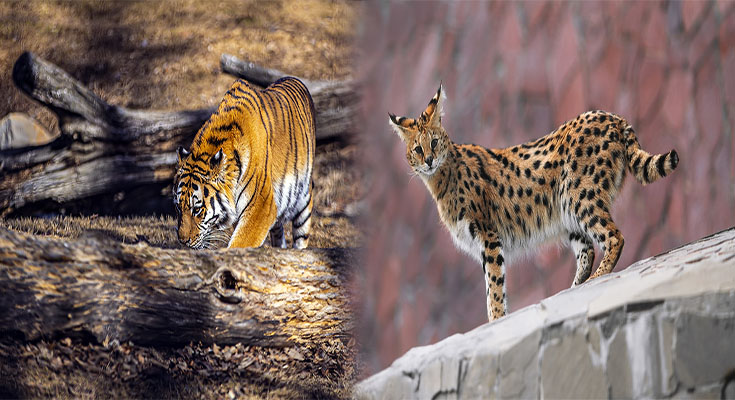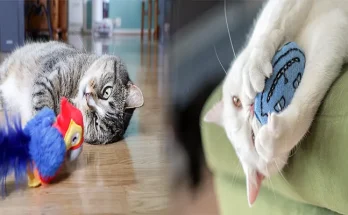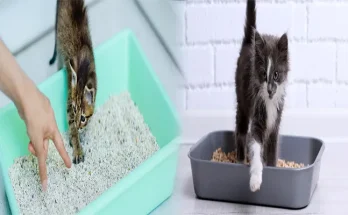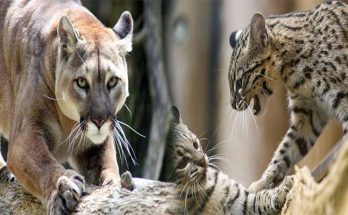When considering keeping big cats as exotic pets, one of the most critical aspects to consider is providing them with appropriate enclosures and habitat that meet their unique needs. In this article, we will explore the essential requirements for designing and maintaining enclosures for exotic pet big cats to ensure their health, safety, and well-being.
The Importance of Proper Enclosures
Big cats, such as lions, tigers, and leopards, have specific habitat needs that must be met to ensure they can exhibit natural behaviors, feel secure, and thrive in captivity. Providing them with a suitable enclosure is essential for replicating their natural environment and promoting their physical and mental health.
Key Factors to Consider in Enclosure Design
Size and Space
Big cats require ample space to move, exercise, and explore. A spacious enclosure allows them to roam freely, engage in natural behaviors like climbing, running, and hunting, and maintain their physical fitness.
Security and Safety
Ensuring the enclosure is secure and escape-proof is crucial for the safety of both the animals and the caretakers. Strong fencing, locks, and barriers should be in place to prevent unauthorized access and protect the animals from potential threats.
Enrichment and Stimuli
Providing enrichment activities and stimuli within the enclosure is essential for keeping big cats mentally stimulated and preventing boredom. Items such as climbing structures, toys, hiding spots, and environmental enrichment can help simulate their natural habitat and provide mental engagement.
Natural Elements
Incorporating natural elements like vegetation, trees, rocks, and water features in the enclosure can help create a more enriching and stimulating environment for big cats. These elements can offer opportunities for exploration, shade, and shelter, as well as support their physical and psychological well-being.
Specific Habitat Needs for Different Species
Different species of big cats have unique habitat requirements based on their natural behaviors, preferences, and adaptations. For example:
- Lions: Lions are social animals that thrive in prides, so they may require larger enclosures with opportunities for social interactions and confinement spaces for privacy.
- Tigers: Tigers are solitary animals that require ample space for roaming and hunting. They may prefer wooded areas with dense vegetation and access to water for swimming.
- Leopards: Leopards are excellent climbers and may benefit from enclosures with tall trees, platforms, and branches for climbing and resting.
Providing appropriate enclosures and habitat for exotic pet big cats is crucial for their physical and mental well-being. By considering factors such as size, security, enrichment, and natural elements in enclosure design, owners can create a safe and stimulating environment that meets the unique needs of their big cat companions. Additionally, tailoring the enclosure to the specific habitat requirements of each species ensures that the animals can exhibit natural behaviors, feel secure, and lead fulfilling lives in captivity. Ultimately, investing in quality enclosures and habitat design for exotic pet big cats is a fundamental aspect of responsible ownership and contributes to the welfare and happiness of these majestic animals.





